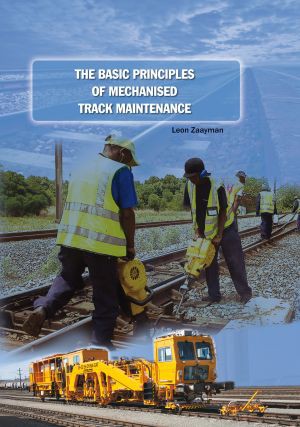This book is dedicated to the many people involved in the day to day planning and performance of track maintenance activities. Providing a practical approach to everyday challenges in mechanised track maintenance, it is not just intended as a theoretical approach to the track system.
Railways aim at transporting people and freight safely, rapidly, regularly, comfortably and on time from one place to another. This book is directed to track infrastructure departments contributing to the above objective by ensuring the track infrastructure’s reliability, availability, maintainability and safety – denoted by the acronym RAMS. Regular, effective and affordable track maintenance enable RAMS to be achieved.
As a social service, railways are required to transport people at affordable fares. On freight railways, transportation costs significantly influence the competitiveness of products, particularly when it comes to exports. The “affordability” of maintenance activities should therefore be added to RAMS, hence RAMAS, since operating and capital funds are a major stumbling block for effective maintenance practice. As a result, alternative methods and technologies will always be sought after. This has given rise to the term “appropriate” technology as opposed to “latest” or “best” technology.
Maintenance strategies and methods play a major role in ensuring the RAMAS of the railway as they involve decisions on the track sections to be maintained, the maintenance measures to be taken, the resources available for maintenance and the use of appropriate maintenance machinery. The focus of this book is therefore placed on reliability, availability, maintainability, affordability and safety as objectives of track maintenance.












































